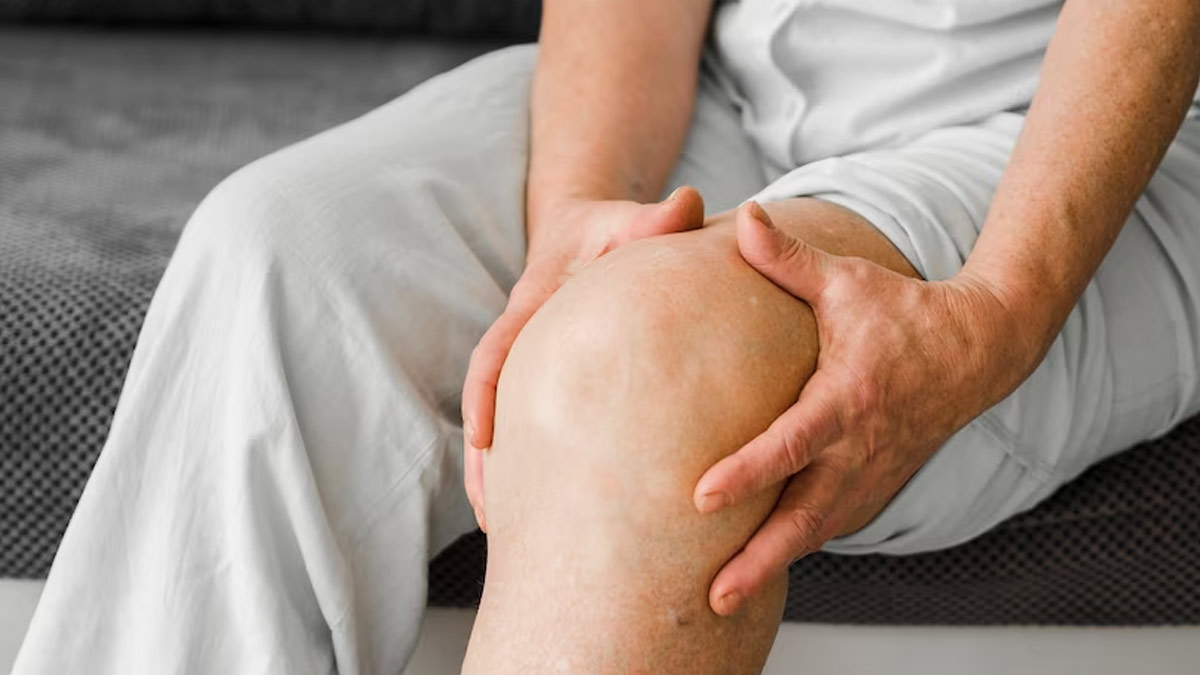
Lymphedema, a chronic and often misunderstood condition, has a profound impact on the lives of many people worldwide. Despite its prevalence, there remains a lack of widespread awareness and knowledge about lymphedema, leading to misconceptions and challenges for those affected. We spoke to Dr Ravi Shankerji Kesari, MD - Physician, General Physician, Apollo Spectra Hospital, Bengaluru, who sheds light on the intricacies of lymphedema, its causes, symptoms, and various management strategies.
Table of Content:-
What is Lymphedema?
"Lymphedema is a chronic medical condition characterised by the accumulation of lymphatic fluid in the tissues, leading to swelling, usually in the arms or legs but can occur in other parts of the body as well," said Dr Kesari.
According to Health Economics Review published in the National Center for Biotechnology Information (NCBI) stated that lymphedema constitutes a global health concern, impacting approximately 250 million individuals across the planet.
Dr Kesari added that this condition occurs when the lymphatic system, responsible for draining excess fluid and waste products from tissues, is impaired or damaged, resulting in a blockage of lymphatic flow.
Also Read: Water Retention: Causes, Symptoms, Treatment And How To Recognise It
Causes of Lymphedema

Lymphedema can be classified into primary and secondary types and their causes are as follows, as per Dr Kesari.
Primary Lymphedema
"This is caused by inherited genetic mutations that affect the development and function of the lymphatic system. It can manifest at birth, during puberty, or later in life," said Dr Kesari.
Secondary Lymphedema
According to Dr Kesari, this is more common and is usually a result of damage to the lymphatic system due to various factors, such as:
- Cancer Treatment: Surgical removal of lymph nodes or radiation therapy can damage lymph vessels, leading to lymphedema.
- Infections: Infections, such as filariasis, a parasitic infection transmitted by mosquitoes, can damage lymphatic vessels.
- Injury or Trauma: Physical trauma can cause damage to lymphatic vessels.
- Chronic Venous Insufficiency: When veins have difficulty returning blood to the heart, it can contribute to lymphatic congestion.
- Obesity: An excessive amount of body weight can strain the lymphatic system.
Symptoms of Lymphedema

Following are the symptoms of Lymphedema, according to Dr Kesari.
- Swelling: Persistent swelling, usually in the arms or legs, but can affect other areas too.
- Heaviness or Tightness: Affected limbs may feel heavy or tight.
- Decreased Mobility: The swelling can limit joint movement.
- Pain or Discomfort: The swollen area might be painful or uncomfortable.
- Recurring Infections: Skin infections may occur due to impaired drainage.
Treatment and Management of Lymphedema
"While there is no cure for lymphedema, several strategies can help manage and alleviate its symptoms," suggested Dr Kesari.
Complete Decongestive Therapy (CDT)
"A comprehensive approach involving manual lymphatic drainage (gentle massage), compression therapy (using bandages or garments), exercise, and skincare to reduce swelling and improve lymphatic flow," said Dr Kesari.
Also Read: Do You Have Swollen Ankles and Feet? These Could Be The 5 Possible Causes
Compression Garments
"These specialised garments apply pressure to the affected area, aiding in reducing swelling and promoting fluid movement," said Dr Kesari.
Exercise
"Gentle and regular exercises, such as walking, swimming, and stretching, can stimulate lymphatic flow and improve overall circulation," suggested the doctor.
Skincare
The doctor said that proper skincare helps prevent infections, as the compromised lymphatic system can make the skin more susceptible to infections.
Manual Lymphatic Drainage (MLD)
According to Dr Kesari, this is the type of gentle massage performed by trained therapists to manually assist lymphatic fluid movement.
Pneumatic Compression Devices
"These devices use compressed air to gently massage the affected area and promote lymphatic drainage," highlighted Dr Kesari.
Surgery
"In some severe cases, surgical interventions like lymph node transfer or lymphatic bypass procedures might be considered," suggested Dr Kesari.
Medications
Dr Kesari said that antibiotics could be prescribed to treat and prevent skin infections associated with lymphedema.
Conclusion
The key to managing lymphedema is early detection and adopting a comprehensive treatment plan. People with lymphedema should work closely with their healthcare providers, which might include physical therapists, lymphedema specialists, and dermatologists, to develop a personalised treatment and management strategy.
[Disclaimer: This article is for informational purposes only. Consult your healthcare provider to get a thorough diagnosis and treatment as per your health needs.]
Image Credits: freepik
Also watch this video
How we keep this article up to date:
We work with experts and keep a close eye on the latest in health and wellness. Whenever there is a new research or helpful information, we update our articles with accurate and useful advice.
Current Version
